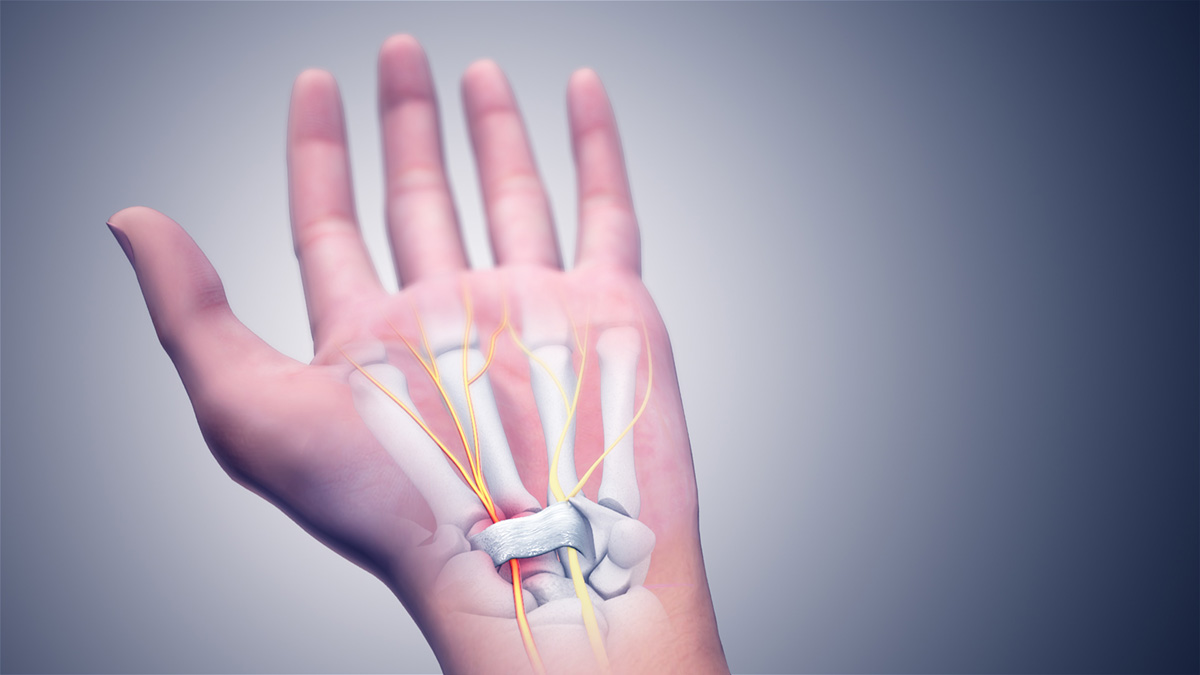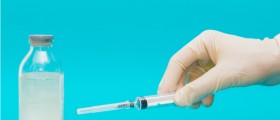
Guillain-Barre syndrome (GBS) is an inflammatory disease that affects the peripheral nerves. It is generally characterized by weakness, numbness and tingling in arms and legs with possible loss of feeling or ability to move extremities and face.
This disorder is considered to be rare. It affects one or two people out of 100,000. It affects women and men equally, regardless of age.
Guillain-Barre syndrome is not a hereditary or contagious disease, although in more than half of the cases it occurs after an infection, like flu, mononucleosis, HIV, viral herpes, porphyria, and similar.
The first sign of GBS is tingling or numbness of fingers and toes. Some people experience these symptoms only on one side of their body.
The symptoms may stay in the phase of tingling and numbness causing only mild discomfort and it may require the use of a walking stick. However, the symptoms may progress, leading to complete paralysis of arms and legs, and in some cases the paralysis may expand to chest. In this case patients will not be able to breathe or swallow food on their own and will require a ventilator and a feeding tube.
Guillain-Barre syndrome may be difficult to diagnose. If doctors suspect that a patient might have it they usually order a set of tests that provide a definitive diagnosis.
One of the tests is a lumbar puncture. It is performed under local anesthetic and a needle is used to obtain a sample of spinal fluid that is then examined in the laboratory.
Electromyogram (EMG) records muscle activity and shows if there is damage to the nerves. This test is usually performed along with another one, called nerve a conduction velocity test.
GBS is considered a medical urgency and in most cases patients are admitted to the hospital soon after diagnose is made. In case the disorder reached the chest, the patient will probably be treated in the intensive care unit.
GBS may improve on its own, but there are several procedures and treatments that can speed up the recovery.
This may include treatment with plasmapheresis or immunoglobulin. Plasmapheresis is a procedure in which the patient’s blood plasma is replaced with donor or synthetic plasma that contain the patient’s blood cells.
Immunoglobulin given in large doses is just as effective as plasmapheresis and it is often preferred, since it does not require a large catheter.
Other treatment that aims to relieve the unpleasant symptoms and improve the recovery may include pain medication, antidepressants and anticonvulsants, hydrotherapy, physical therapy and counseling.
Guillain-Barre syndrome is fatal in about 5 percent of cases. In most cases, the recovery is complete or almost complete, even though it may require a longer period of time spent in the hospital and in rehabilitation.

















Your thoughts on this
Loading...